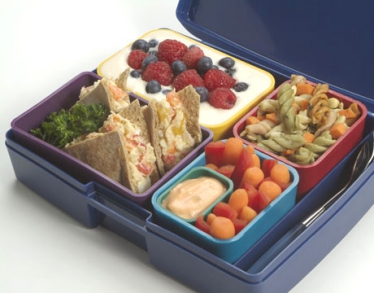
Planning your meals

We already looked at how best to start transforming your diet and begin to eat healthier and better meals and foods.
This week we begin to look at how to utilise the idea of meal planning and setting out your weekly food intake. This can seem somewhat worrying for a few people and can be a tad tedious to others but there is no doubt about how it can affect your busy schedule and training regime in a positive way.
Meal planning can range from the absolute technical and heavy for the whole month with frozen items and many pieces of reusable lunch boxes or it can be done sensibly with the planning of the weeks ahead and thinking only of the seven days in front of you. For the purpose of getting your planning started we’ll begin by how to plan for the week ahead and keep things simple with the actual meal plans themselves.
The essentials
Firstly you need plenty of sandwich boxes or clear food containers to accommodate your meals. If you think of having four meals at a minimum per day and want to meal plan for the entire week then you’ll need 28 different containers. You can of course always wash them after a use and if you only need to eat whilst at work that may be breakfast, dinner and a snack so three loads per day for the whole week is just over 20 for the week. You can always alter this if you don’t have enough at hand so just think about what you’ll definitely need and go from there.
Know what you need to eat
Start by thinking of what meals you’d like to eat and plan around that. Keep it varied and avoid eating the same thing each day as the monotony of eating the same meal will eventually drive you mad. Switch up the combinations and make sure that you can make enough of each meal so you can see the week through.
Cook and freeze
When you cook a meal for your week ahead think sensibly with what you can reheat and use later in the day. For instance when you’re cooking a healthy curry and using chicken be aware that you can always freeze a larger cooked portion split down into smaller meals. Soups are also good for this and most meals can be cooked at a larger ratio and then split down and bagged up individually for use later in the week. Reheating them down the line in your busy schedule during the week will not see any nutritional value be undermined as you are eating them within seven days, unlike the foods you find in supermarkets which could have been there for weeks and are laced with added salts and sugars.
Let’s take a look at a typical day…
 Breakfast – Shaker
Breakfast – Shaker
Protein powder, cinnamon powder, oats.
Banana for an extra boost.
Lunch – Container
Chicken curry portion with wholegrain rice and bag of steamed vegetables.
Fat free greek yoghurt and berries for those with a sweet tooth.
Snacks – Container
Boiled egg, nuts, dried fruit or protein bar.
These should be small protein high snacks that will will you up through the hunger pangs.
Taking that idea of a day into account you can see how that would be easy to coordinate for the weeks use. A large portion of curry can be cooked and split down, the rice can be bought in packets and spread across the week, the boiled eggs can be cooked ahead of time and used each day and the protein powder and oats can be split down into smaller amounts for the use during the days you need it.
Use external tools and social media to see what other people are using to organise their weekly food intake and get inspired with different ingredients and foods. Be as varied as you can to make your busy week an interesting one especially if you don’t have a lot of time to eat, at least you can enjoy the wonders of a well designed dinner or breakfast for yourself.
Next week we’ll look at the ways to incorporate your training needs into your meal planning and how best to use your meals to energise your day. We’ll also look at supplementing your days with protein powders and extra nutritional additives. Enjoy your week and just Do The Damn Thing!